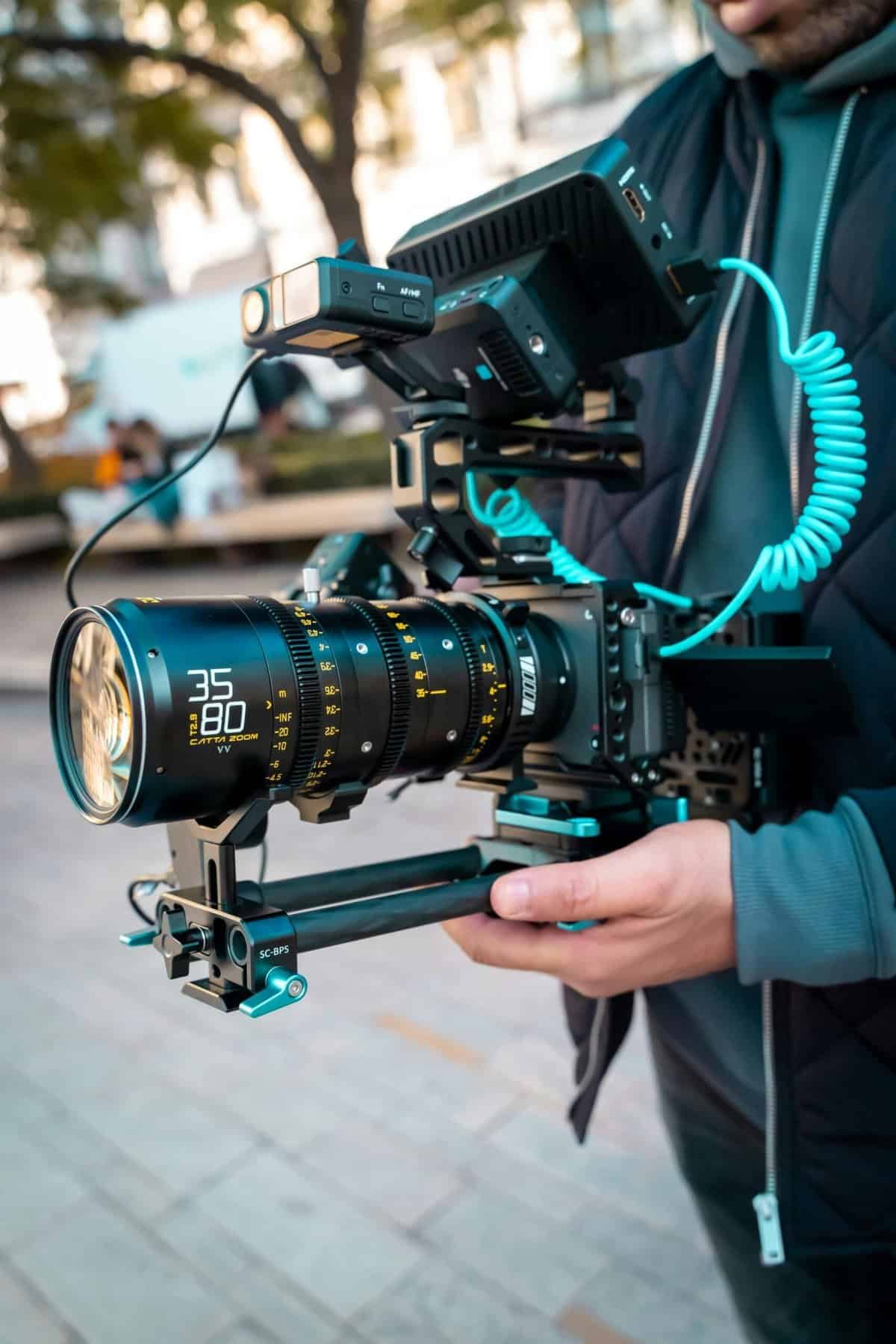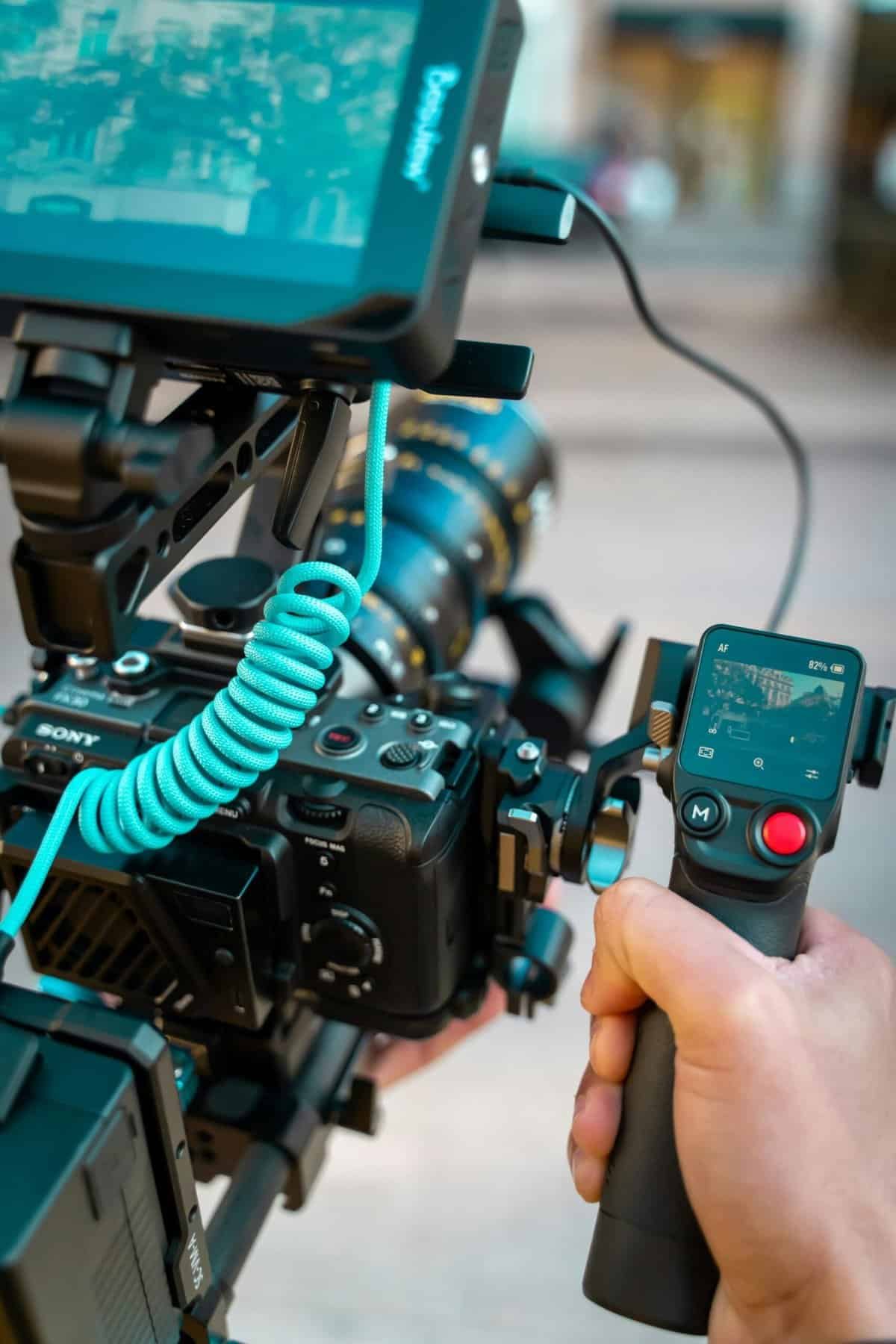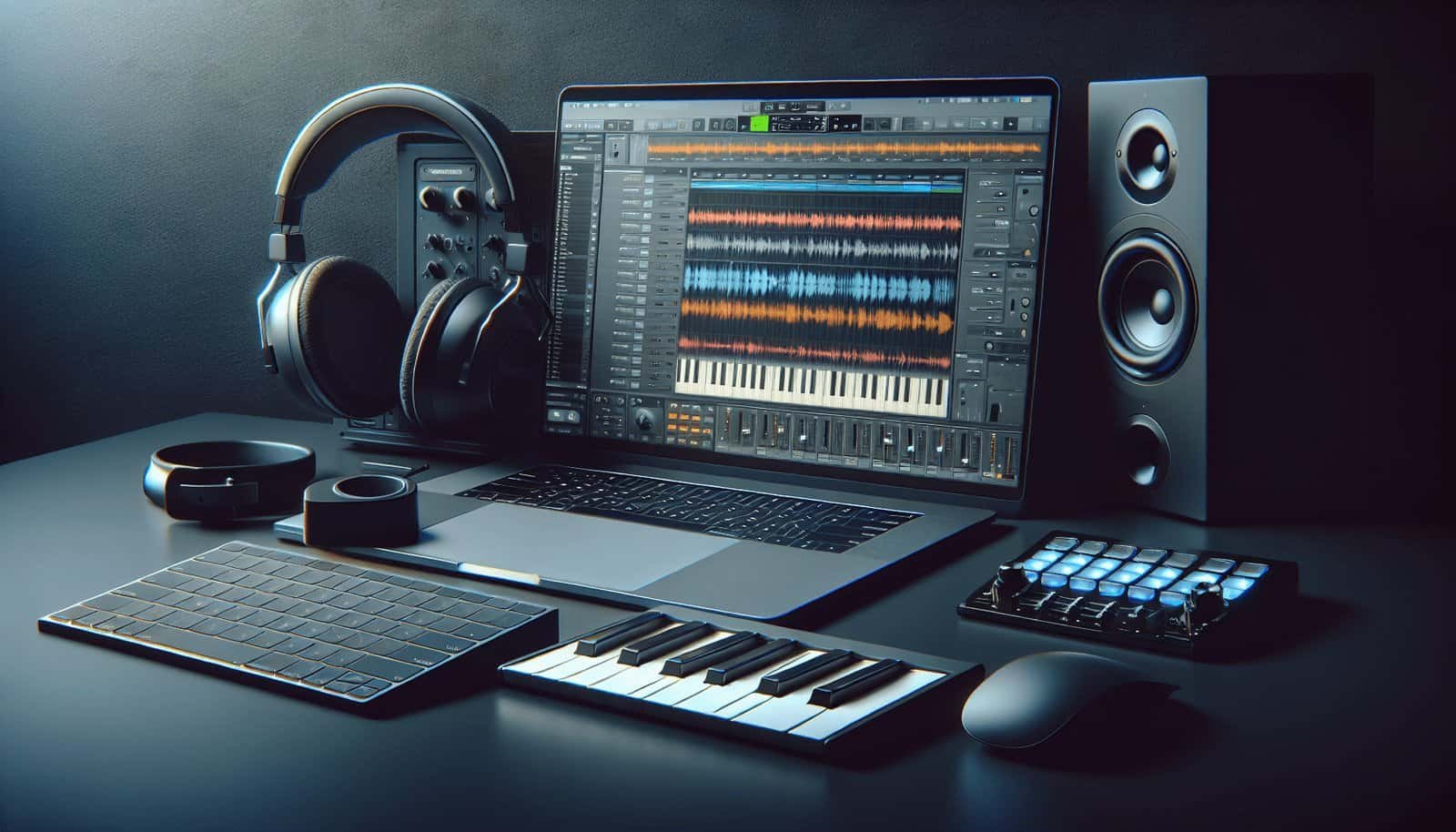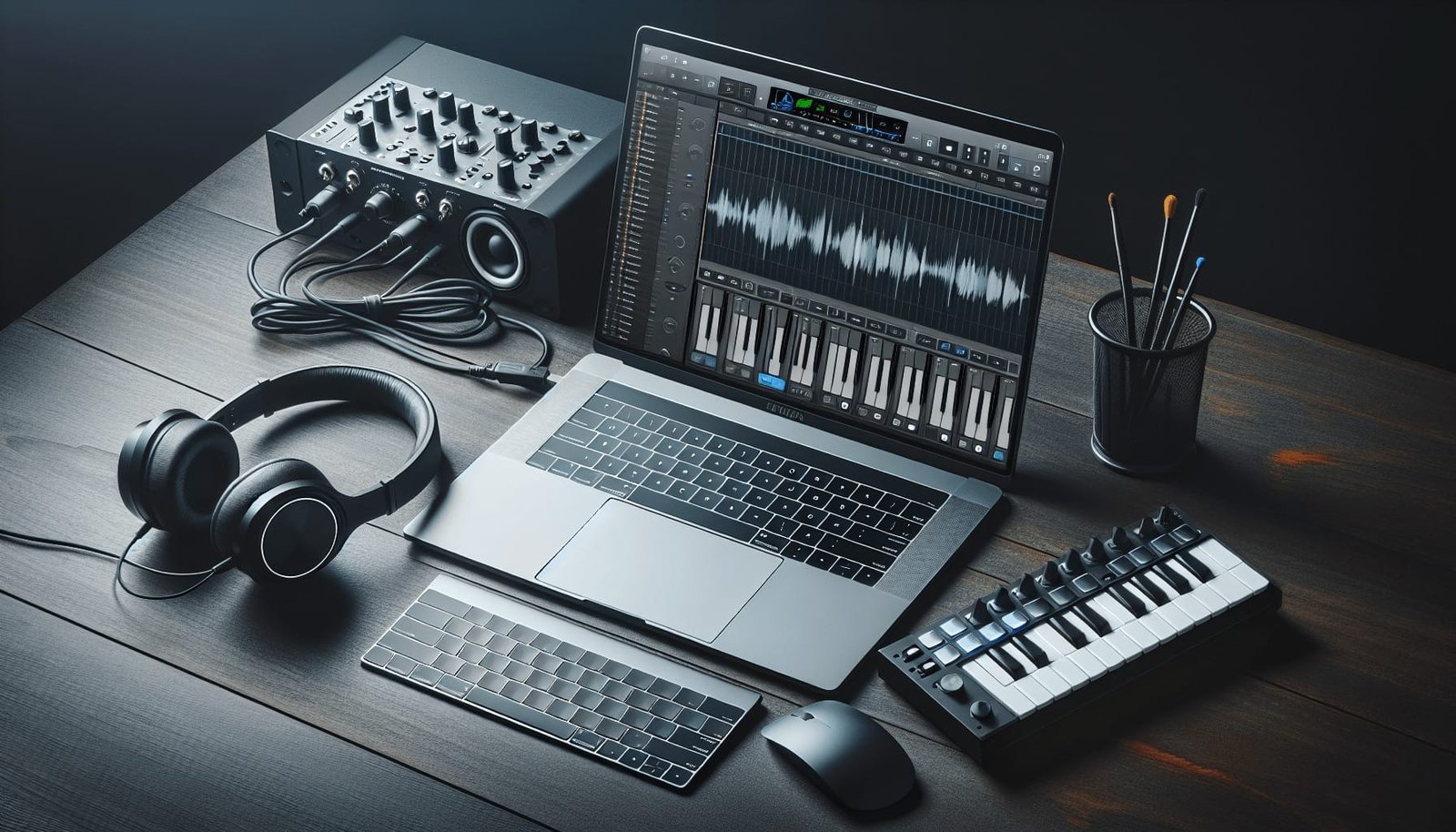Have you ever wondered how music producers can create such incredible tracks without ever stepping foot in a formal studio? In the age of digital technology, the art of music production has transformed, making it possible to craft high-quality original tracks from virtually anywhere. This opens up a world of possibilities for artists, musicians, and producers who wish to explore their creativity without the confines of geography.

What is a Remote Music Producer?
A remote music producer is someone who creates, arranges, and fine-tunes music tracks from a location other than a traditional recording studio. This modern-day music magician uses a mixture of digital tools, software, and communication platforms to collaborate with artists and musicians worldwide. The remote aspect provides a level of flexibility that allows producers to work with diverse artists, experimenting with various musical styles and genres.
The Role of a Remote Music Producer
Just like traditional producers, remote music producers have a multifaceted role within the music industry. They are responsible for shaping the sound and quality of a track, enhancing it to its fullest potential. This may involve composing music, arranging instruments, refining lyrics, mixing tracks, and mastering the final product.
However, working remotely requires a different set of skills, including effective online communication and strong organizational abilities. Remote producers often juggle multiple projects simultaneously, exchanging ideas and files across different time zones, which requires high levels of discipline and creativity.
Essential Skills Every Remote Music Producer Should Have
To excel as a remote music producer, you need a mix of technical skills and personal attributes. Here’s a brief overview:
Technical Proficiency: Knowledge of digital audio workstations (DAWs) like Ableton Live, Logic Pro, or FL Studio is essential. These platforms are the backbone of music production.
Communication Skills: Clear and effective communication is crucial when collaborating remotely. Articulating ideas and feedback efficiently ensures that everyone is on the same page.
Adaptability: Each artist brings a unique style and vision, which requires producers to be adaptable and open to new ideas and concepts.
Project Management: Managing timelines, resources, and collaboration tools effectively is vital to keep projects running smoothly.
Creativity: A creative ear is essential to identify what works in a track and how to enhance its appeal while maintaining the artist’s original vision.
Advantages of Working with a Remote Music Producer
Collaborating with a remote music producer offers several benefits that a traditional studio setting might not provide. One of the most appealing aspects is the flexibility it brings to the creative process.
Greater Flexibility
Without the constraints of a physical location, artists and producers can choose their working hours and environment. This freedom allows more innovative and spontaneous music production, encouraging creativity to flow naturally.
Cost-Effectiveness
Remote production often eliminates the need for expensive studio rentals and equipment costs. This makes high-quality music production more accessible to independent artists or those with limited budgets.
Access to Global Talent
Working remotely opens up opportunities to collaborate with talented producers from around the world. Artists can select a producer who suits their style and preferences regardless of geographical location.
Personalized Workflow
A remote setup allows for a bespoke production process. Artists can have greater input and control over the creative direction, ensuring that the final product aligns closely with their artistic vision.
Tools and Software for Remote Music Production
The rise of digital tools and software has made remote music production a tangible reality. Various platforms offer comprehensive solutions for recording, editing, and mastering music tracks, and understanding these tools is crucial for any remote music producer.
Digital Audio Workstations (DAWs)
DAWs are the heart of any music production process. They provide the interface where music is recorded, edited, and arranged. Some of the most popular DAWs include:
| DAW | Features |
|---|---|
| Ableton Live | Known for live performances and excellent loop-based composition tools. |
| Logic Pro | Offers a complete professional setup with extensive sound libraries. |
| FL Studio | User-friendly interface with powerful MIDI composition features. |
| Pro Tools | Industry-standard for high-level recording, mixing, and mastering. |
Collaboration Platforms
Since communication is key in remote setups, several platforms are designed to facilitate seamless collaboration between artists and producers:
- Google Drive or Dropbox: For sharing larger files securely.
- Zoom or Skype: Video calls allow face-to-face interactions, which are crucial for detailed discussions.
- Trello or Asana: Project management tools that help track progress and deadlines.
Additional Production Tools
- Plugins and VSTs: Third-party plugins enhance the DAWs with additional instruments and effects.
- Sound Libraries: Libraries like Splice or Loopmasters provide royalty-free samples for creative experimentation.
The Process of Creating Original Tracks Remotely
Creating music remotely follows a flexible yet structured process, which allows room for creativity while ensuring that goals and expectations are met. Here’s an overview of the typical process:
Initial Consultation and Conceptualization
Every great track begins with an idea. The producer and artist discuss their vision for the music, identifying themes, genres, and any specific inspirations. This brainstorming session lays the foundation for everything that follows.
Composition and Arrangement
Using DAWs and other digital tools, the producer starts crafting the backbone of the track. This phase involves composing melodies, arranging instruments, and setting the track’s overall structure. Input from the artist is crucial to ensure that their vision is accurately translated into sound.
Recording and Vocals
If vocals are involved, this step is where singers record their parts. Remote producers guide artists through recording sessions, offering feedback and adjustments to ensure high-quality recordings.
Mixing and Sound Design
Mixing is where the magic happens. Producers adjust levels, apply effects, and tweak sound properties to refine each element of the track. This stage requires a keen ear and a good understanding of sound dynamics.
Mastering
The final polishing step ensures that the track sounds professional. Mastering involves equalizing, compressing, and fine-tuning the audio to give it a smooth finish and ensure it sounds good on all playback systems.
Feedback and Revisions
Once the track is mastered, it is sent to the artist for review. Revisions might be made based on their feedback until both parties are satisfied with the final product.

Challenges of Being a Remote Music Producer
While there are numerous advantages, being a remote music producer does come with its set of challenges. Understanding these can help you mitigate potential issues before they arise.
Technical Difficulties
One of the significant challenges can be dealing with technology-related issues. Poor internet connections, software bugs, or hardware failures can disrupt the flow of a project.
Communication Barriers
Without in-person contact, subtle nuances of communication might be lost. Misunderstandings can occur more easily, making it crucial to establish clear and open lines of communication.
Time Zone and Schedule Coordination
Working with artists across different time zones can complicate scheduling and lead to delays. Using shared calendars and establishing regular check-in times can help manage this challenge.
Tips for Successful Remote Music Production
To navigate the world of remote music production effectively, here are some practical tips to keep in mind:
Stay Organized
With many moving parts and contributors, staying organized is vital. Use project management tools to keep track of tasks, deadlines, and file sharing efficiently.
Establish Clear Protocols
From the beginning, establish guidelines for communication, feedback, and file sharing. Clarity helps streamline the process and minimizes confusion.
Invest in Good Equipment
High-quality recording and production equipment are essential even in a home setup. Invest in a reliable setup to ensure professionalism and quality in your production.
Communicate Effectively
Regular communication helps maintain a good working relationship and keeps projects on track. Provide regular updates, ask for feedback, and be open to suggestions.

Future of Remote Music Production
The trend of remote music production is likely to continue growing as technology evolves further. Virtual reality, AI-assisted production tools, and advanced collaboration software are just on the horizon, promising to make remote music production more immersive and accessible.
Embracing Technology
As tools become more sophisticated, remote music producers will have even greater creative possibilities. Embracing new technologies will be critical to staying competitive in this rapidly changing industry.
Importance of Continuous Learning
Ongoing education in new software advancements, music trends, and sound design techniques will enable producers to maintain their edge and deliver innovative, high-quality music.
Conclusion
Remote music production has revolutionized the way music is created, offering flexibility, accessibility, and creative freedom to artists and producers alike. By embracing this modern approach, you too could harness the power of technology to bring your musical ideas to life, no matter where you are in the world. With the right tools, skills, and mindset, the possibilities for creating original tracks as a remote music producer are boundless.


